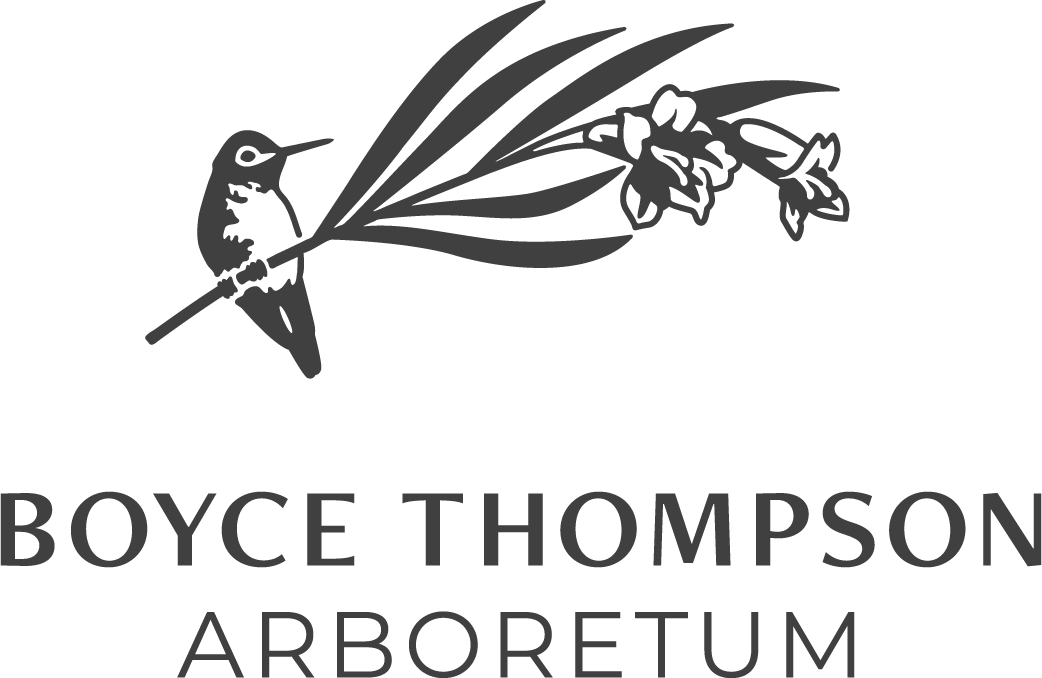February Blooms at the Arboretum
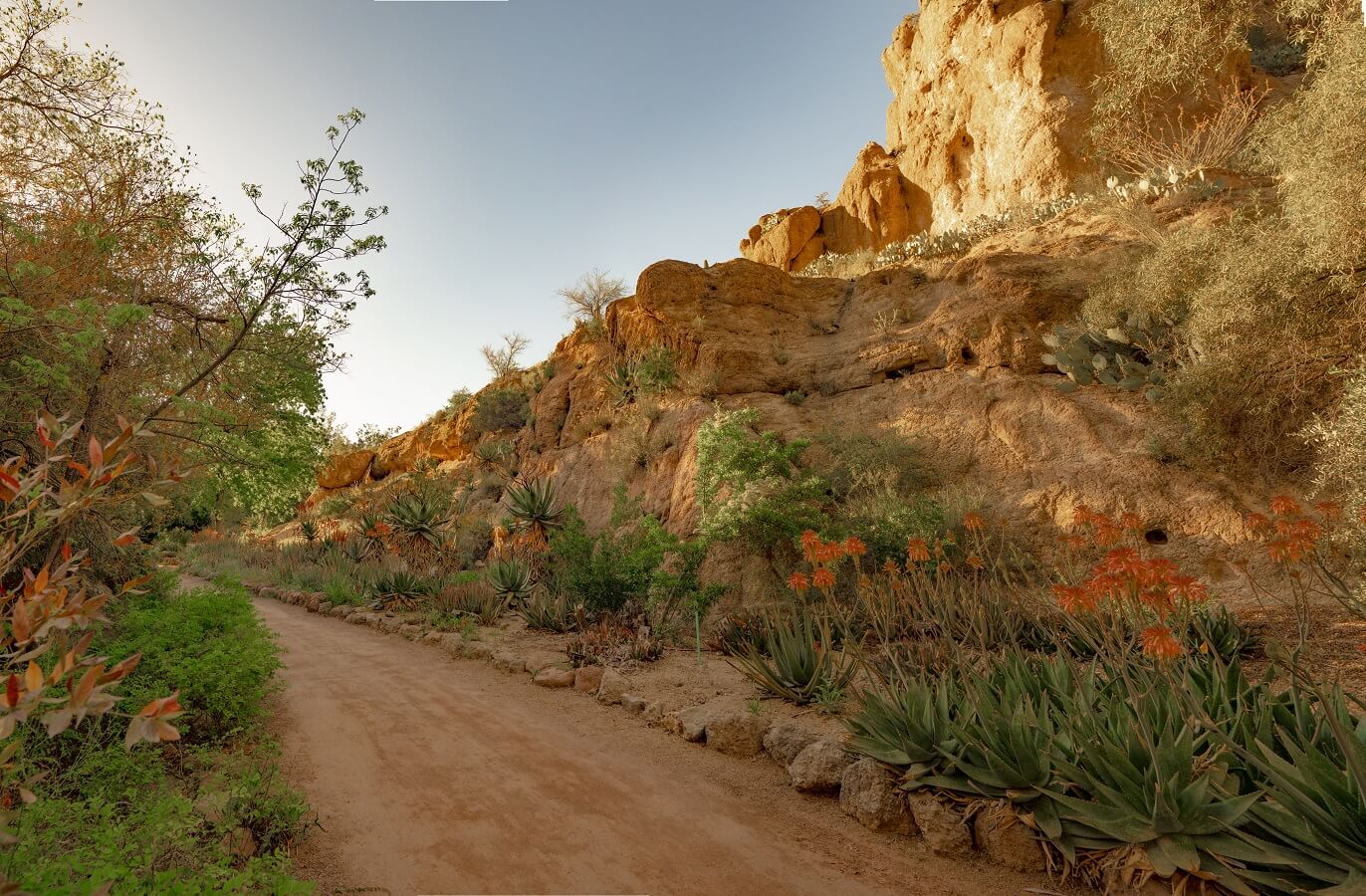
Phoradendron californicum
One of the earliest harbingers of spring in the Sonoran Desert is the blooming of the native desert mistletoe (Phoradendron californicum). You may not notice its tiny green flowers, but you will definitely notice its strong, pleasant fragrance that permeates the desert from late January through March! Look for it throughout the arboretum, growing as a hemiparasitic “witches’ broom” on mesquites and other legume trees.
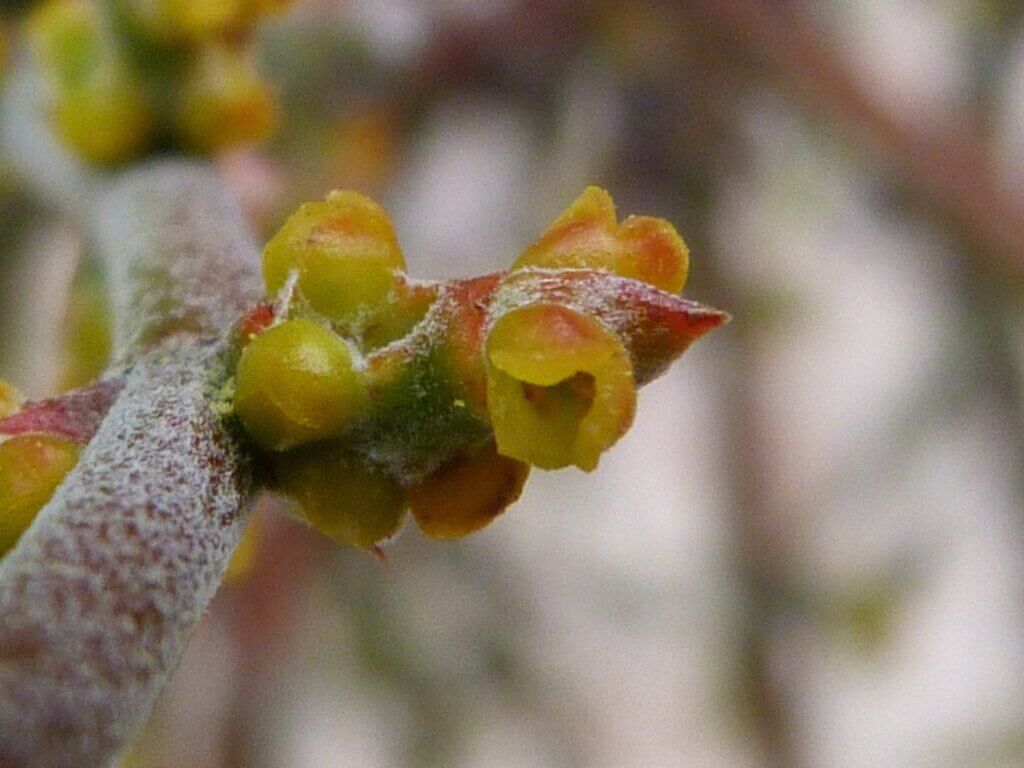
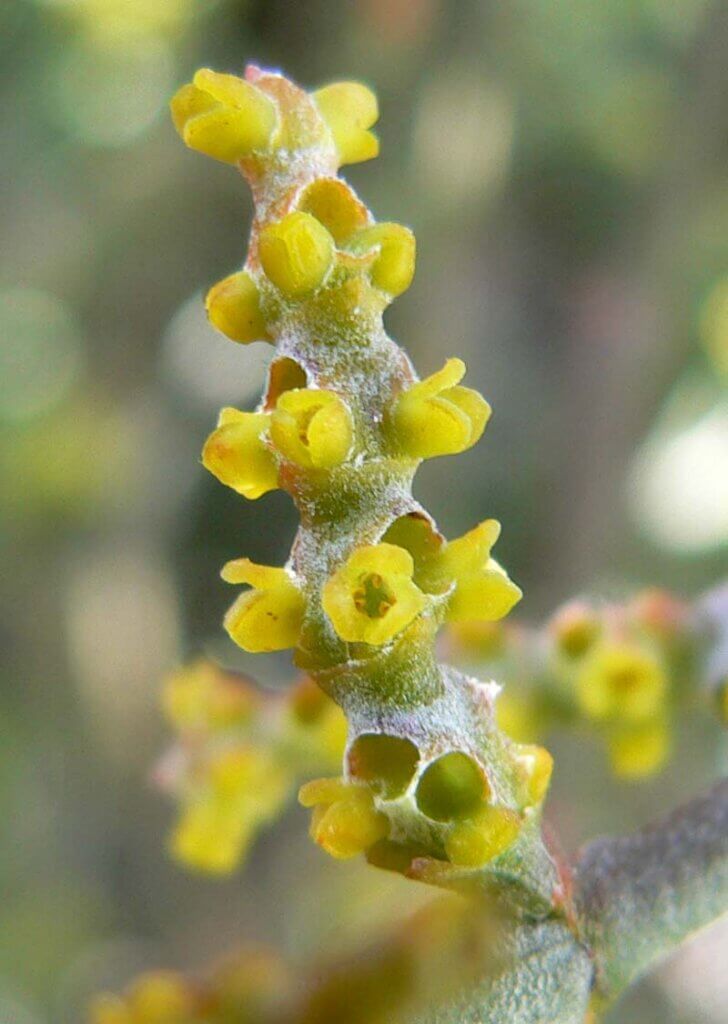
Early Elberta
In mid to late February, the fruit trees will begin to bloom – often before fully leafing out! The Santa Rosa plum (Prunus salicina ‘Santa Rosa’), sweet almond (Prunus dulcis), Early Elberta peach (Prunus persica ‘Early Elberta’), and Anna apple (Malus ‘Anna’) in particular put on a great show. All can be viewed along the main trail in the canyon, in the orchard directly across from the Clevenger House.
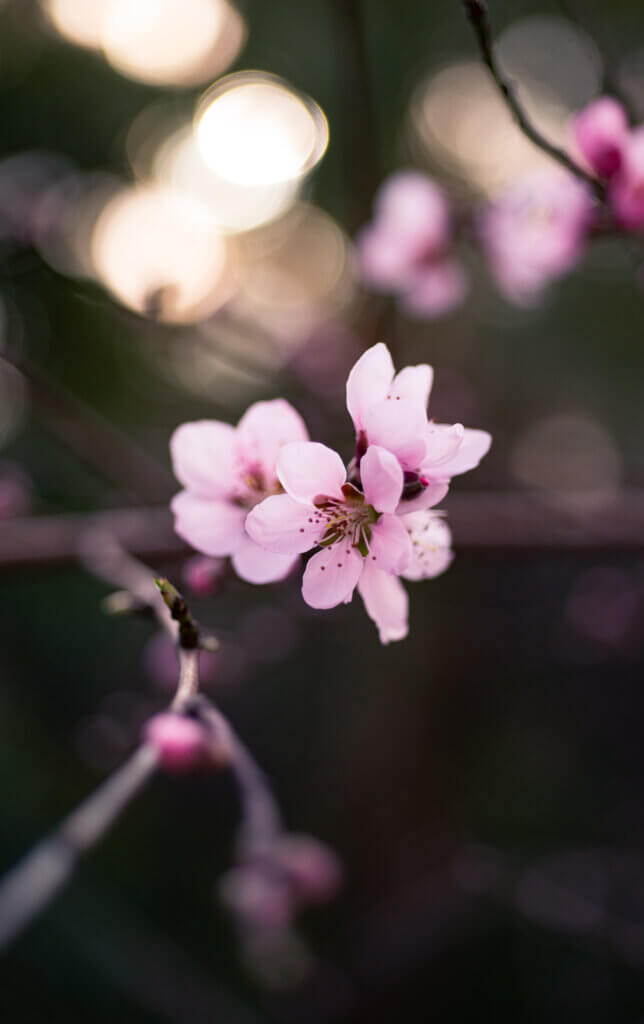
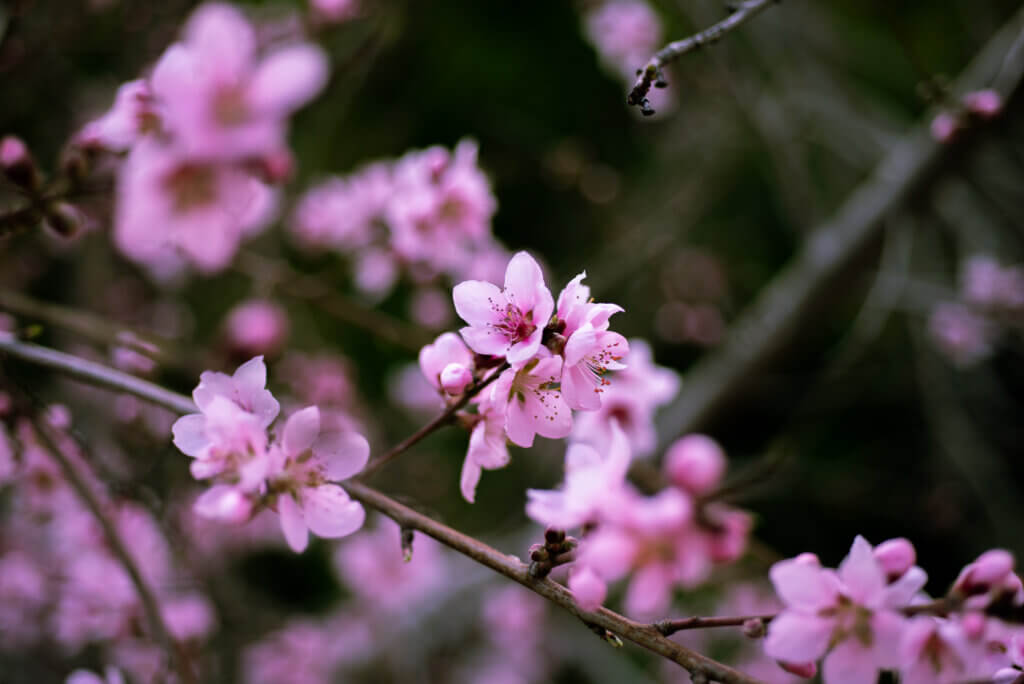
Japanese Quince
Also, keep an eye out for the Japanese quince (Chaenomeles japonica) blooming near the turnoff to the suspension bridge in the canyon. This small shrub is known for its dramatic displays of red blooms produced on bare stems prior to leafing out.
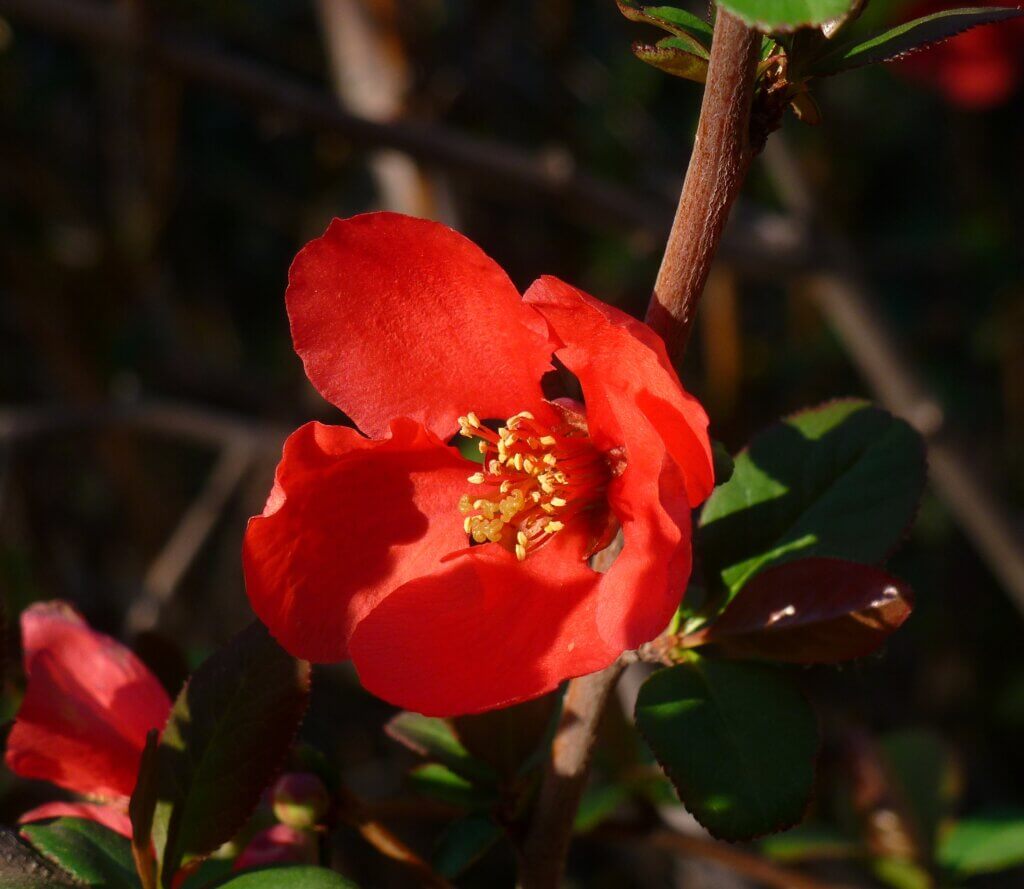
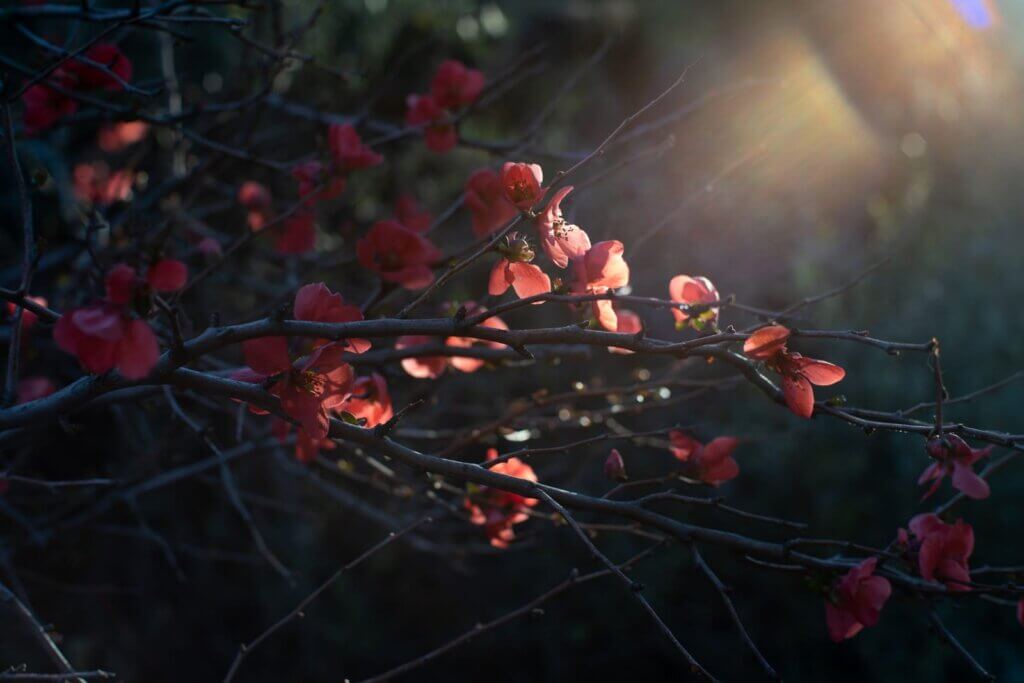
Aloe ferox
Several of our over 300 species of aloe are winter- bloomers. In years where we do not get deep freezes, the blooms of many species will be on display in late winter through February. Look for the rust-colored flower stalks of the bitter aloe (Aloe ferox), a large tree aloe that blooms reliably every winter. On lucky years you may also catch the less common A. verdoorniae, A. aculeata, A. pretoriensis, and A. littoralis. Look for aloes in the Aloe Garden in the canyon, in the Demonstration Garden, and the Wallace Desert Garden.
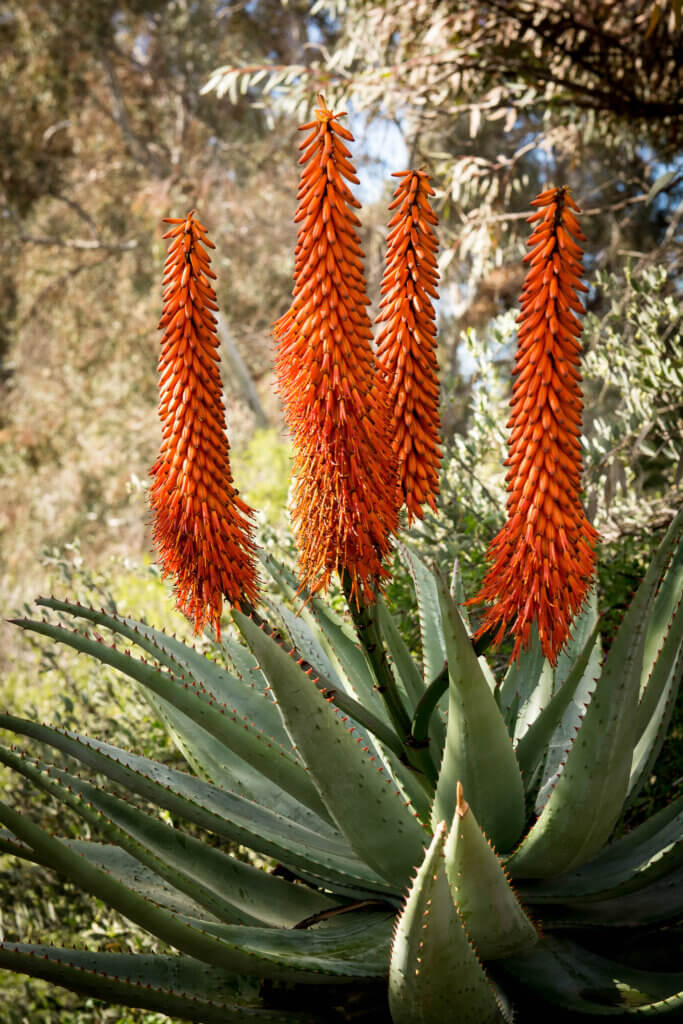
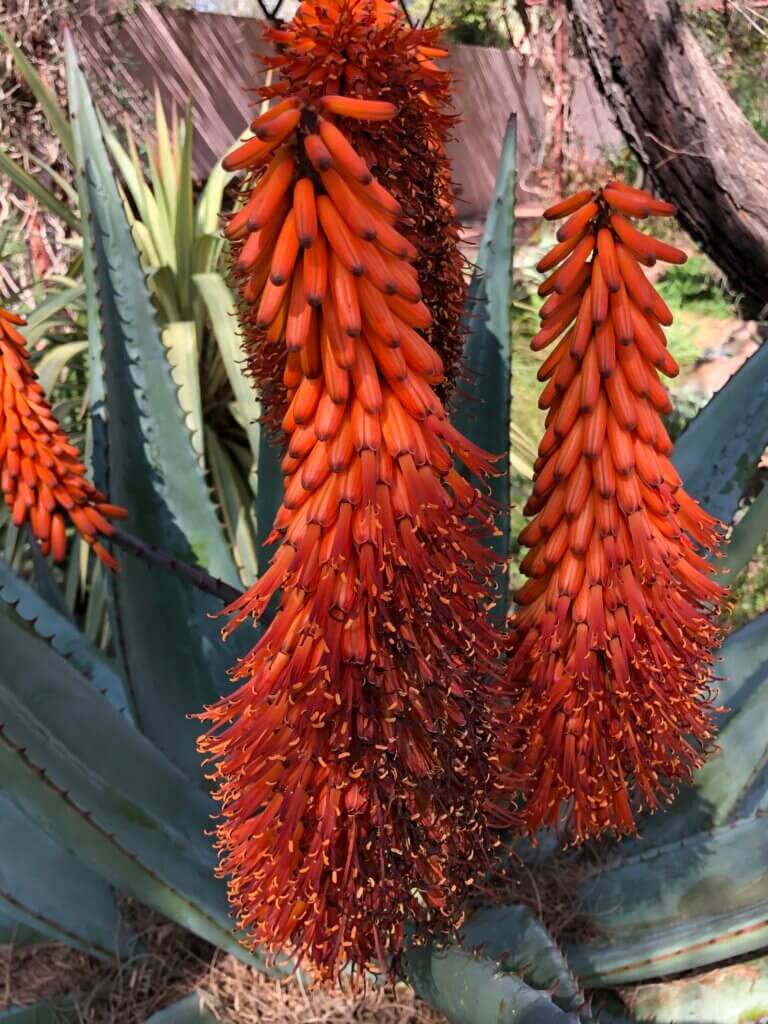
Eremophila maculata
The spotted emu bush (Eremophila maculata) is also known as the valentine bush due to its tendency to flower in mid-February. Look for this species and other Eremophilas in the Australian Desert Exhibit and the Wallace Desert Garden.
Erlicheer Daffodil
By late February, a few of our bulbs are waking up. Perhaps the most notable is the Narcissus ‘Erlicheer,’ a type of daffodil with fragrant clusters of double blooms. Look for these in the canyon along the north side of the trail past the Clevenger House on the left if you are heading into the canyon.
